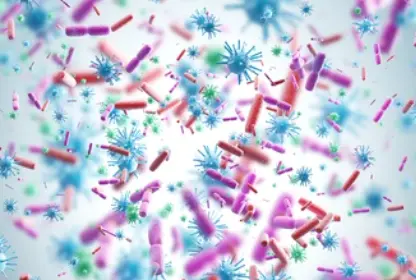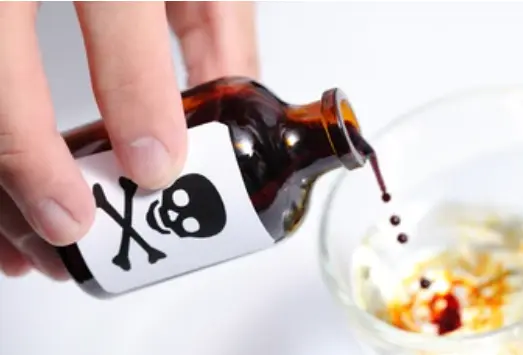 Welcome
Welcome
“May all be happy, may all be healed, may all be at peace and may no one ever suffer."
Gangrene - Generics
Gangrene is a serious condition that occurs when a part of the body, such as a toe or foot, dies due to a loss of blood supply. There are two main types of gangrene: dry gangrene and wet gangrene.
Dry gangrene occurs when blood flow to a part of the body is slowly blocked over time, such as in people with peripheral artery disease. The affected area becomes dry, shriveled, and blackened. Treatment for dry gangrene may involve surgery to remove the dead tissue and restore blood flow to the area.
Wet gangrene occurs when the affected area becomes infected with bacteria, causing rapid tissue destruction and the release of toxins into the bloodstream. This can be a life-threatening condition that requires urgent medical attention. Treatment may involve surgery to remove the affected tissue, antibiotics to treat the infection, and supportive care such as IV fluids and oxygen therapy.
Risk factors for gangrene include diabetes, smoking, atherosclerosis, peripheral artery disease, and other conditions that affect blood flow to the extremities. Prevention of gangrene involves managing these underlying conditions, maintaining good hygiene and wound care, and seeking medical attention promptly for any signs of infection or tissue damage.

Pregnancy-associated naus...

Dizziness

Bacterial Meningitis caus...

Bacterial ear infections

Cavities

Stevens-Johnson syndrome

Poison oak

Herpes virus infections
Gangrene, গ্যাংগ্রিন
To be happy, beautiful, healthy, wealthy, hale and long-lived stay with DM3S.